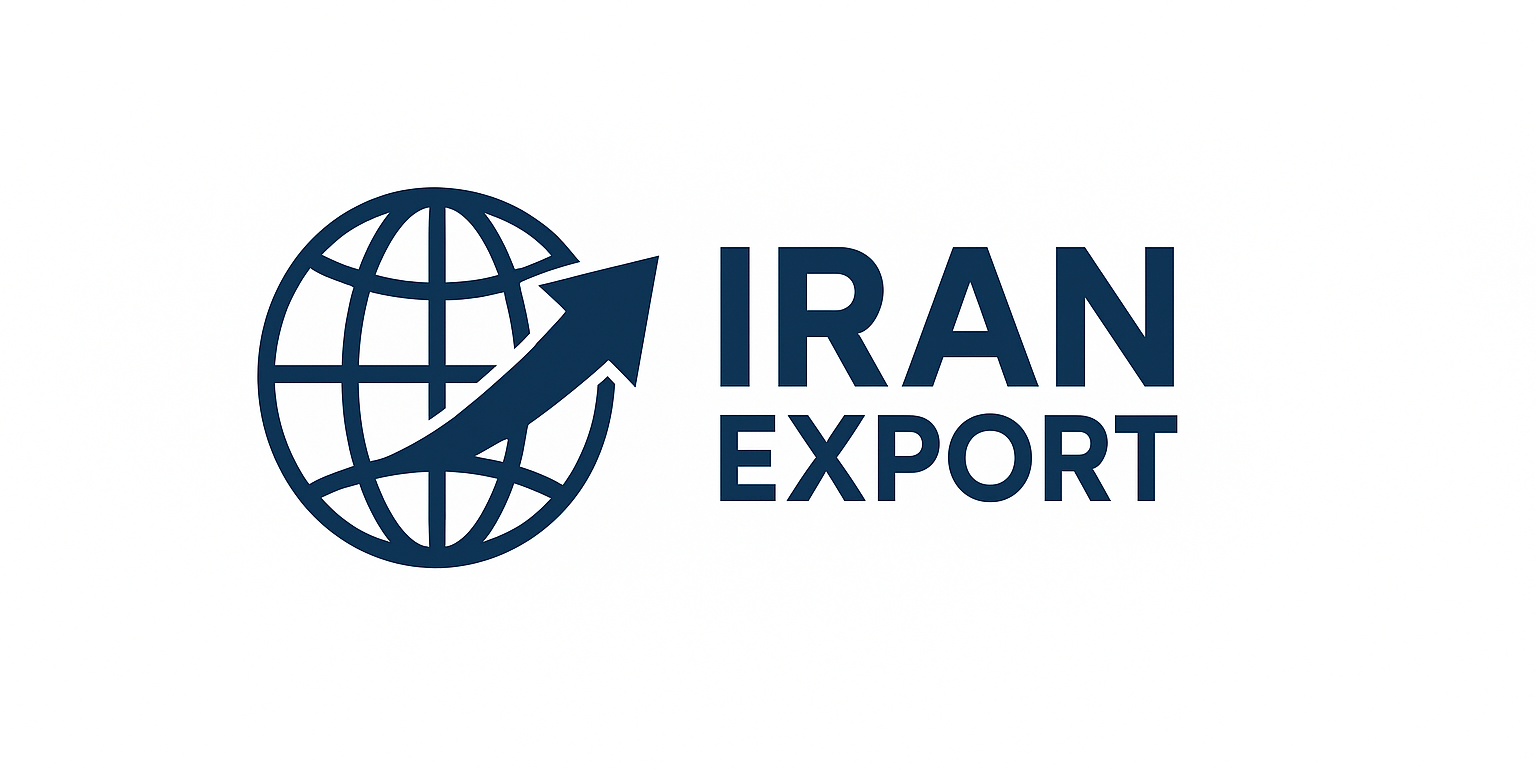Fruits are among Iran’s most important and diverse agricultural products, playing a vital role in nutrition, public health, non-oil exports, and rural employment.
Iran’s four-season climate allows the cultivation of a wide variety of tropical, temperate, and cold-climate fruits such as apples, grapes, pomegranates, dates, oranges, watermelons, apricots, peaches, and figs. Fruit production is increasingly adopting modern practices, including mechanized orchards, drought-resistant varieties, and improved packaging technologies.
Fruits provide a major source of income for orchard owners and farmers, and they account for a significant share of Iran’s agricultural exports. The fruit industry also generates jobs in harvesting, packaging, logistics, and distribution.
Iran is a leading producer and exporter of specific fruits like apples, pomegranates, kiwis, dates, and citrus fruits, exporting to regional markets, Central Asia, Russia, and parts of Europe.
Iran’s competitive advantages include its diverse climate, fertile soil, abundant labor, and long-standing horticultural expertise. These factors enable high-quality fruit production at competitive prices. However, to expand exports, improvements are needed in post-harvest handling, cold chain logistics, packaging, and international marketing.
